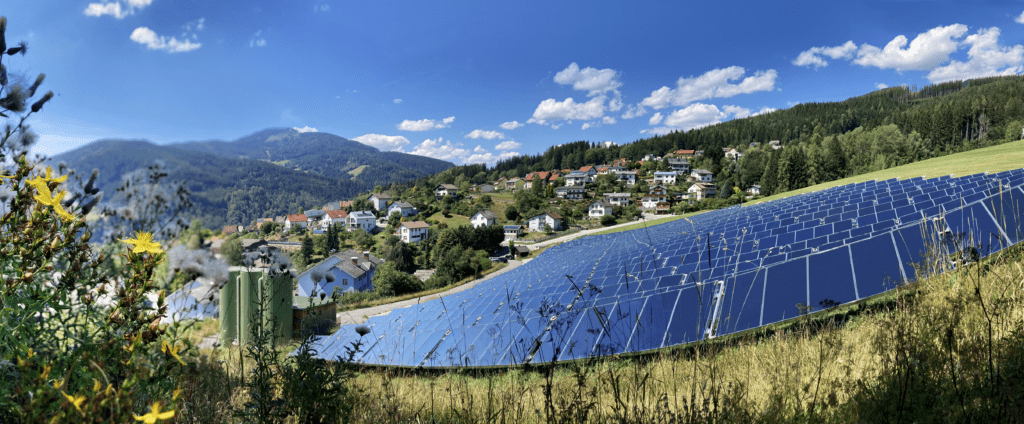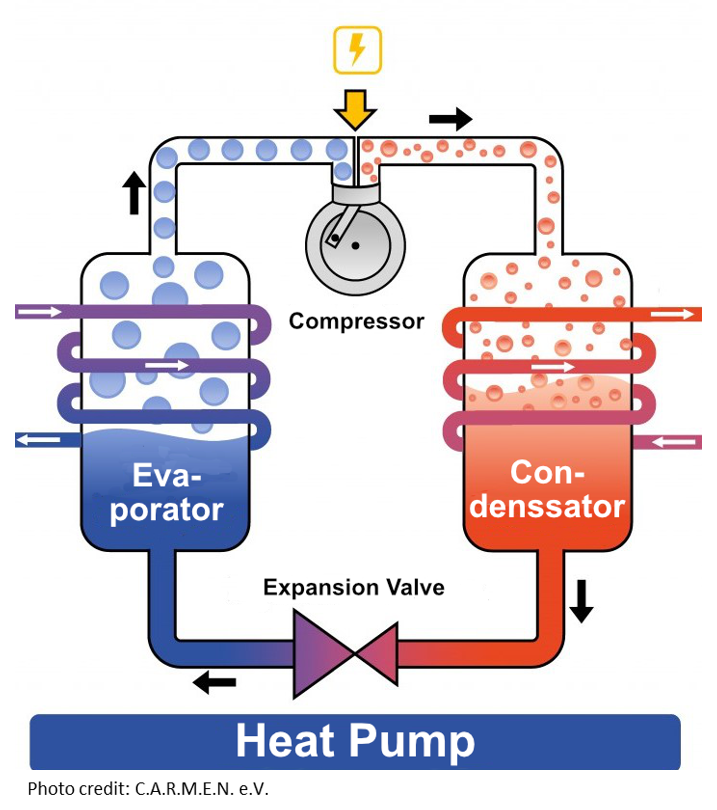
Similar to photovoltaics, flora and fauna can also benefit greatly from solar thermal open-space systems. This is indicated in a new brochure of the “Solnet 4.0” project, in which the Steinbeis Research Institute “Solites”, the district heating association AGFW, the Hamburg Institute and the magazine “Energiekommune” work together. SOLID has the same experience of rich flora and fauna on large scale ground mounted solar thermal plants in Austria.
If attention is paid to a few simple principles when planning and operating solar thermal open-air systems, the areas can also serve as high-quality habitats in terms of nature conservation in addition to generating energy. There are positive effects because the areas are withdrawn from intensive agriculture or other uses for very long periods of time for the purpose of generating energy. Compensatory measures for the technical intervention in the landscape, which such a technical system inevitably represents, can often be achieved on the same area where energy is generated. In addition to the mere compensation regulation provided for by the licensing law, targeted measures can achieve ecological added value in the form of enormous biodiversity in addition to clean energy.
From an economic point of view, the operators are helped by eco-points or, in the future, certification systems, as they are currently being developed for the photovoltaic sector with the support of the German Federal Environment Foundation.
Solar thermal systems in district heating networks will play an increasing role in Germany in the coming years for the energy transition at municipal level. So far, they have contributed to the heat supply in Germany with an output of around 70 megawatts. Ground-mounted systems are the most economically attractive form of making large amounts of solar energy available for heating networks. At the same time, solar thermal energy, with an energy yield of around 2000 megawatt hours of heat per hectare of land area, is by far at the forefront of renewable energies in terms of space efficiency. In addition to areas used for agriculture, conversion areas such as former landfills can also be used for solar thermal energy. The largest German solar thermal system to date in Ludwigsburg/Kornwestheim has also been built on such a landfill site.
“The search for space is a major challenge for the increased use of solar thermal energy. If nature conservation is addressed in the planning from the outset, this can be doubly worthwhile: for climate protection and biodiversity, the importance of which for a sustainable future is too often underestimated, ”says Matthias Sandrock from the Hamburg Institute.
The information sheet solar heating networks No. 6, “Solar thermal system as a biotope” (in German) is available as a free download in the Solnet 4.0 knowledge database at www.solare-waermenetze.de.
ser Download zur Verfügung unter www.solare-waermenetze.de.



The cooperation combines highly efficient technology for renewable heat with global experience and know-how.

In the global challenge to overcome our dependence on fossil fuels and drive the transition to renewable energy, SOLID is proud to be involved in a groundbreaking European research and

In the dynamic landscape of sustainable energy solutions, SOLID is proud to announce its expansion into the field of electric heat pumps, extending its range beyond absorption heat pumps. This
Green news: Latest trends in the spotlight